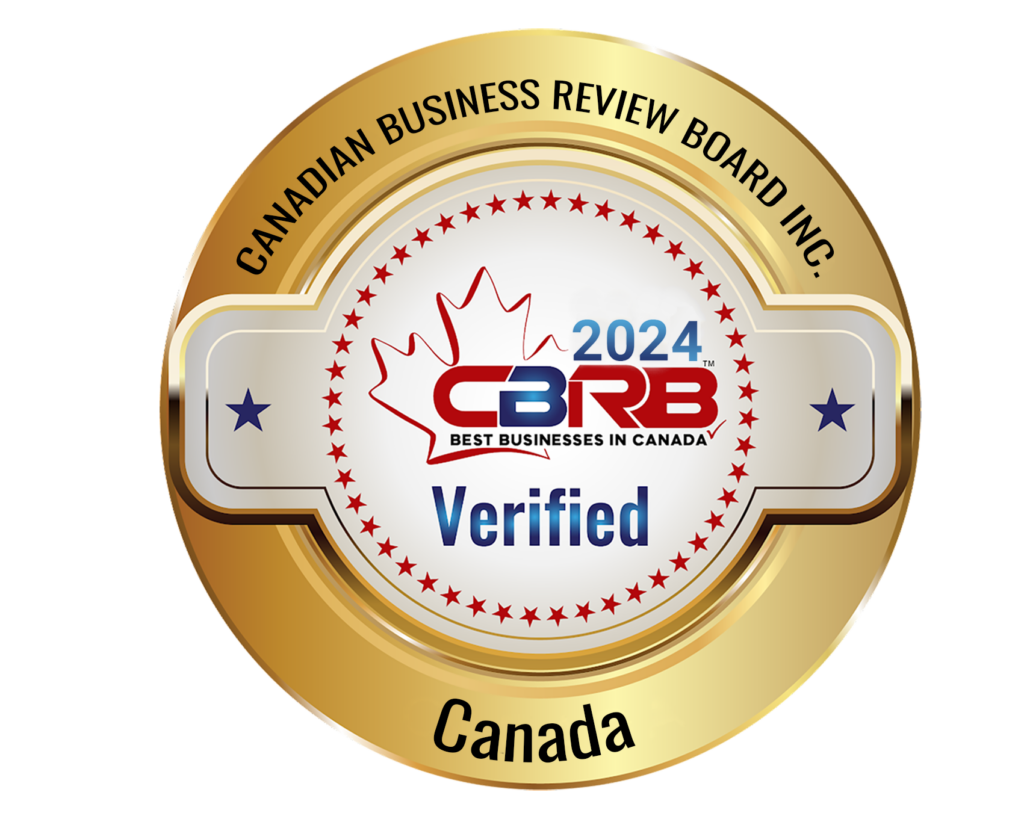- Unlock the power of agile strategic marketing and business management with free one-hour Discovery Meeting.
In today’s digital age, a robust online presence is crucial for any business, especially in the healthcare, medical, and life sciences sectors. At Dana PharMed, we offer a comprehensive agile digital growth strategy that encompasses Search Engine Marketing (SEM), Search Engine Optimization (SEO), website optimization, social media marketing, and the integration of Electronic Medical Records (EMR) and Electronic Health Records (EHR) systems. Our holistic approach ensures that your business not only increases its sales and revenue but also enhances its brand visibility and credibility.
At Dana Pharmed, we drive operational improvement through a blend of AI-powered strategies, agile business methodologies, and data-driven insights. With an increasing focus on digital transformation, we empower businesses to accelerate growth, increase profitability, and improve recognition in a competitive marketplace.
In today’s fast-paced business environment, staying agile is essential. Agile methodologies allow businesses to quickly adapt to market demands, optimize their workflows, and remain resilient in the face of constant change. Dana Pharmed leverages Agile business strategies to help clients refine their business operations, maximize productivity, and ensure profitability. We help businesses align their teams with agile frameworks, creating fast feedback loops, reducing risks, and improving time-to-market for new products or services. This results in a dynamic growth environment that adapts to both internal and external factors, positioning companies for long-term success.
A core aspect of our services is Digital Sales Management, powered by cutting-edge AI technologies. We integrate AI tools into the sales process to provide predictive insights, automate tasks, and improve lead generation. AI optimizes the customer journey by anticipating needs, offering personalized recommendations, and driving engagement at scale. This boosts the efficiency of digital sales teams by ensuring they focus on high-value tasks, closing more sales, and increasing revenue streams.
Our AI-powered sales management tools also use machine learning algorithms to analyze past sales data and customer behavior, allowing businesses to refine their sales strategies and optimize pricing. With real-time analytics, businesses can track performance, forecast revenue, and make data-backed decisions to accelerate sales growth.
Another critical component of our strategy is SEO and Geo-Generative Engine Optimization (GEO). SEO remains one of the most effective ways to drive organic traffic to a website, ensuring businesses rank highly in search engine results. By improving on-page and off-page factors, we help businesses enhance their visibility, attract more relevant traffic, and improve conversion rates. Through AI-powered SEO, we analyze keyword performance, user behavior, and competitors to optimize content that not only ranks high but also converts visitors into loyal customers.
When combined with GEO optimization, SEO takes a more localized approach. GEO focuses on geo-targeting and local SEO strategies that increase a company’s visibility in specific geographic regions. We help businesses capitalize on localized demand by tailoring content, offers, and campaigns to attract customers within their proximity. For businesses with physical locations or specific regional markets, GEO provides a valuable tool for driving foot traffic, generating leads, and improving local recognition.
Social media is another vital channel for lead generation, and Dana Pharmed uses AI-powered social media management to amplify your presence on platforms like Facebook, Instagram, LinkedIn, and Twitter. We use AI tools to curate content that is hyper-targeted to your audience, helping businesses build stronger relationships and increase engagement. By analyzing trends and audience behaviors, we ensure that your social media strategies remain relevant and are optimized for maximum impact.
Our AI-powered tools also help businesses track the performance of social media campaigns in real-time. With social listening, we can detect emerging trends, identify customer pain points, and refine content strategies to stay ahead of competitors. Furthermore, through data-driven insights, we provide recommendations on which social media platforms are best suited for specific marketing goals, increasing the chances of achieving successful engagement and conversions.
Data-driven decision-making is at the heart of our service offerings. Through comprehensive data analysis, we help businesses understand customer preferences, market trends, and performance metrics. By using AI to process large datasets, businesses can gain actionable insights into their operations, identify inefficiencies, and discover opportunities for growth.
Our team works with clients to implement custom reporting systems that track key performance indicators (KPIs), allowing them to monitor sales trends, customer satisfaction, and profitability. This results in smarter, more informed decision-making and allows businesses to respond proactively to changes in the market.
At Dana Pharmed, we understand that operational efficiency is critical to maintaining profitability. We work with businesses to streamline their operations, reduce waste, and improve overall productivity. Using agile frameworks, we help organizations improve workflow processes and automate repetitive tasks. This reduces costs, boosts efficiency, and frees up resources for strategic initiatives that drive growth.
We also focus on business process optimization, ensuring that teams are aligned and work towards common objectives. Through our tailored strategies, we help businesses create more effective workflows that improve collaboration, reduce time-to-market, and enhance customer service. The end result is a more agile, efficient, and cost-effective business that is better positioned to scale and achieve sustainable success.
As part of our commitment to digital transformation, we incorporate AI across multiple business functions, from marketing to sales to customer service. AI tools are integrated into each touchpoint of the customer journey, enhancing personalization and improving engagement. For example, AI chatbots can assist with customer queries, AI algorithms can recommend products based on past behavior, and AI tools can help sales teams by identifying the most qualified leads to pursue.
AI-powered marketing tools also help businesses create content that resonates with their audience, while automated email marketing campaigns increase engagement and drive conversions. By using AI to track customer interactions, businesses can ensure they are delivering the right message to the right person at the right time, enhancing overall customer satisfaction.
Our goal is to help businesses achieve assertive growth. This means not only expanding market share but also improving internal processes to create a solid foundation for sustainable success. We work with clients to identify growth opportunities, craft strategies that address their unique challenges, and ensure that growth is managed effectively. By integrating AI-powered solutions, businesses can accelerate growth by tapping into new markets, optimizing operations, and improving customer acquisition strategies.
We also place a strong emphasis on profitability by focusing on improving ROI for our clients. Through cost-effective marketing strategies, data-driven sales optimization, and process automation, businesses can maximize their profitability while minimizing overhead costs. Our team ensures that every action taken is aligned with business objectives, delivering measurable results that drive long-term success.
Dana Pharmed offers a comprehensive suite of services that combine AI-powered solutions, agile strategies, and data-driven insights to help businesses succeed. By integrating digital sales management, AI-powered social media management, GEO optimization, and SEO with operational improvements, we position businesses for growth, profitability, and recognition in a competitive landscape. Our services empower businesses to leverage the latest technologies, streamline operations, and achieve their goals faster and more efficiently.
With Dana Pharmed as your partner, you gain access to innovative strategies and expertise that will drive business growth and ensure long-term success. Together, we will optimize your operations, enhance customer engagement, and unlock new opportunities for profitability.

Agile Strategy and Agile Business and Marketing Management Consulting in the Healthcare, Medical and Life Sciences; Partnering with You for Ultimate Recognition, Growth and Profitability.
Subscribe to our newsletter to receive the latest news and exclusive offers




